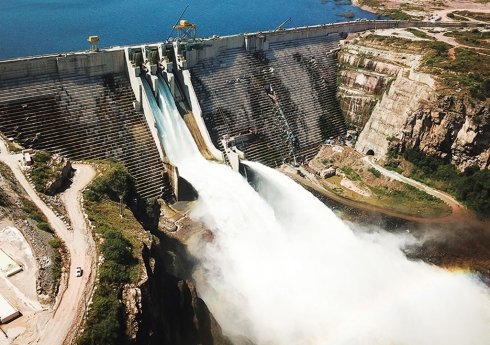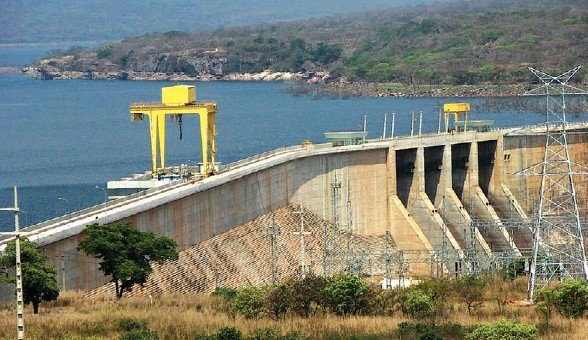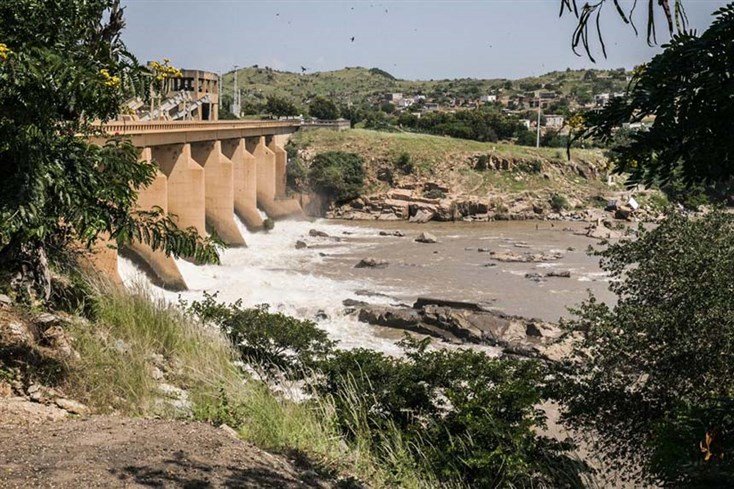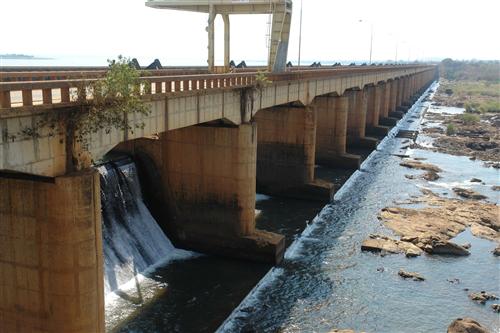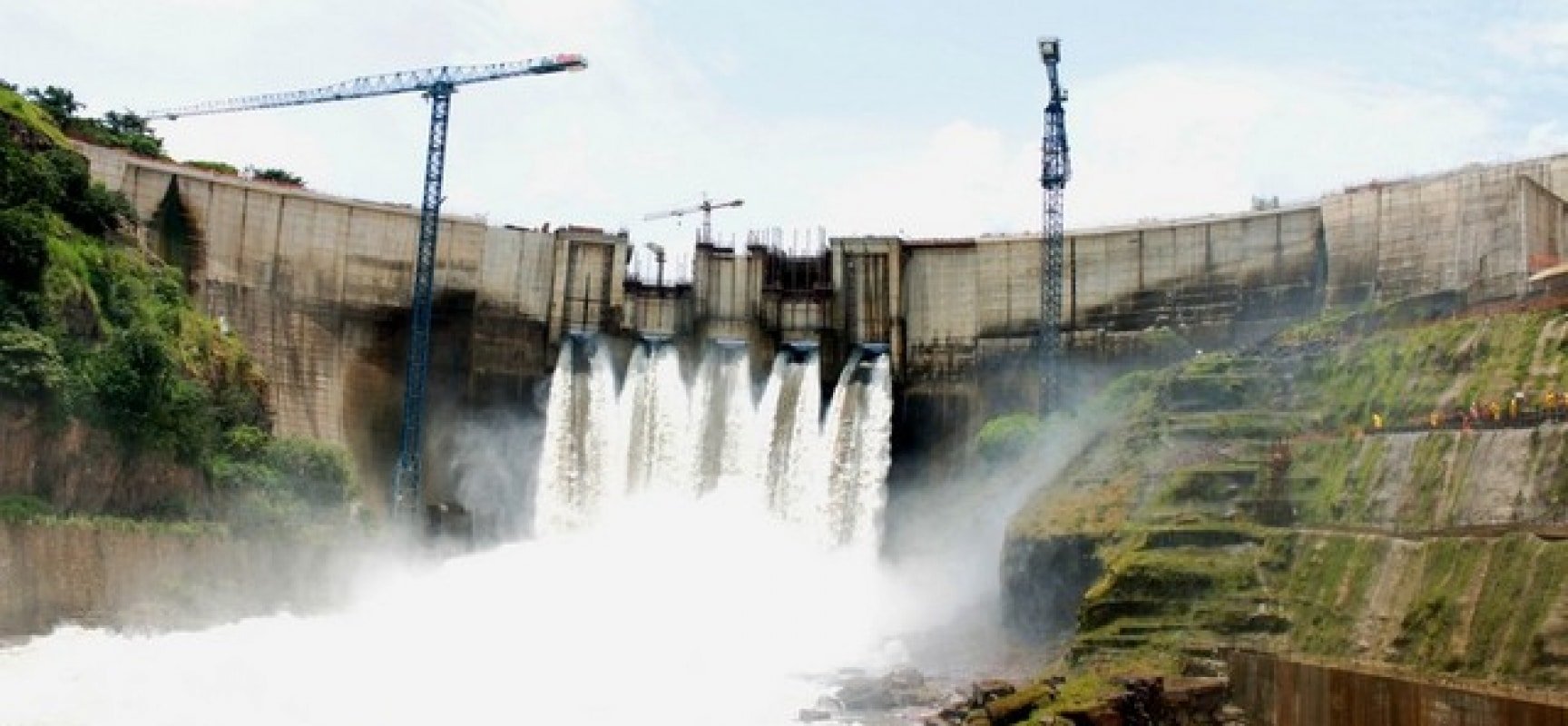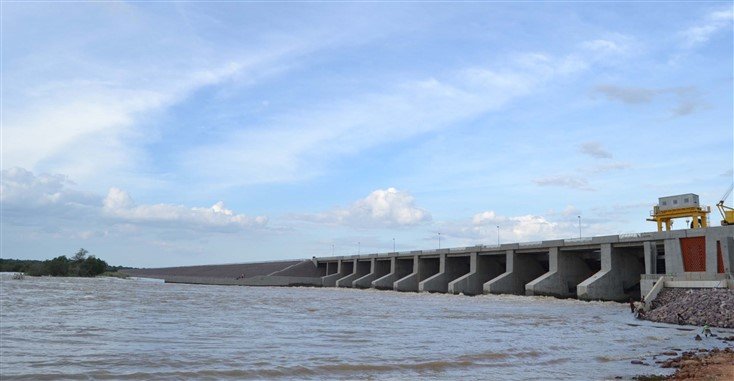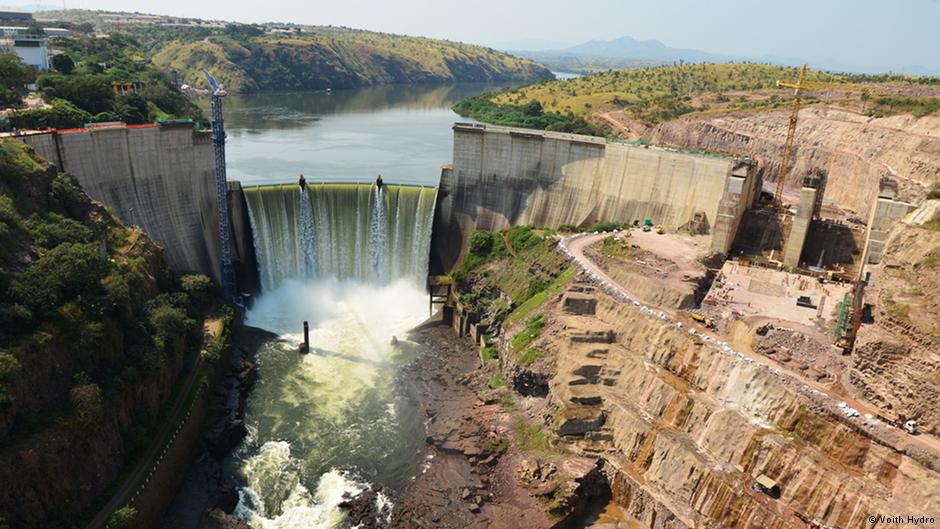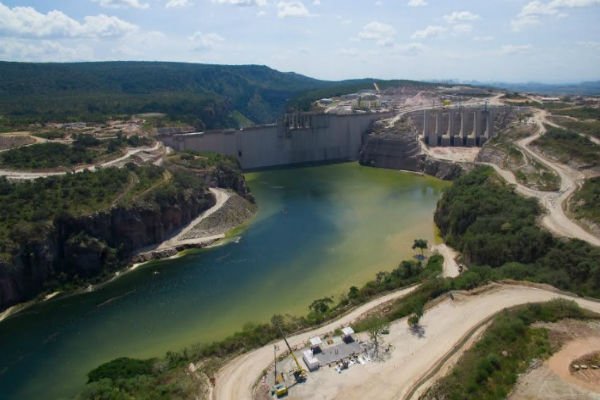Angola's dams are important infrastructures that have greatly contributed to the country's development. In this article we will introduce you to the main dams in the country.
Dams make it possible to retain large amounts of water. This water is used to meet the basic needs of society, such as the source of electricity, water supply in homes, institutions and in mining operations.
In addition to their vital role in irrigation and energy production, dams are also important points of tourist and leisure interest, allowing the practice of water sports, fishing, or simply enjoying the landscape.
Highlighted the Welcome To Angola features the following 8 dams:
- Lauca dam;
- Capanda Dam;
- Biopio Dam;
- Matala Dam;
- Caculo Cabaça Dam;
- Calueque Dam
- Cambambe Dam;
- Chiumbe-dala dam.
Lauca dam
- Lauca dam
THE Lauca dam It was opened on the day of 2017, it took 5 years to build. It is one of the most notable dams in Angola, as it is the largest structure of its kind in the country.
The Laúca dam has the capacity to supply electricity to more than 8,000,000 homes and businesses.
Capanda dam
- Capanda dam
The Capanda dam is a hydroelectric power station located between the provinces of Malange and South Kwanza, was built over the Kwanza River which is the largest river in Angola.
The Capanda dam began construction in January 1987 during this time there were a series of events, such as the civil war in Angola that caused the works to stop. Its official opening date took place in 2005.
Biopio dam
- Biopio dam
The Biópio dam was built in 1956. It is located in the province of Benguela, on the Catumbela river, in fact, the dam is located at a distance of only 43 km from Lobito. It has a maximum height of 20 meters.
The Biopio dam is a must-visit point, has an incredible view, and offers a suitable place for diving. Additionally the clear waters, white sand, rocky rocks and trees around the river form a stunning natural beauty.
dam da Matala
- Matala dam
The Matala dam is a hydroelectric power station located in the Huila province, built on the Cunene River in the 50's. Therefore, this is one of the oldest dams in Angola.
The dam has a crowning development with about 1035 meters and 16 meters high.
After its inauguration it was called Salazar dam (in honor of the former ruler of Portugal), later the name was changed to Matala.
Caculo Cabaça Dam
- Caculo Cabaça Dam
The Caculo Cabaça dam is located in the province of Kwanza Norte. It is currently under construction, and soon it is expected to be the largest source of water and electricity supply.
The Caculo Cabaça dam is one of the 3 main strategic dams in Angola, being in this top with the Laúca dam and Capanda dam. There are 3 dams in Angola, together they have the capacity to supply energy above average in the country.
Calueque Dam
- Calueque Dam
The Calueque dam was built on the Cunene River, located in the Cunene province, municipality of Ombadja. The dam was built in the period 1972/1974. After this period, the dam suffered some structural damage due to the civil war in Angola.
After the renovation of the Calueque dam, the dam began to supply electricity and drinking water to Angola and part of its neighboring country, Namibia.
Cambambe Dam
- Cambambe Dam
The Cambambe hydroelectric power station is built on the Kwanza River, which in turn is the largest river in Angola. The dam is located between the province of Luanda it's the North Kwanza, built between the period of 7 April until 1959 and was finished until October 1963.
Before Angola's civil war, the dam had the capacity to produce 180 megawatts, its output dropped to 80 megawatts after the civil war. In the period from 2007 to 2017, the dam underwent new works in its infrastructure, and the capacity to produce water and electricity was optimized.
Chiumbe-dala dam
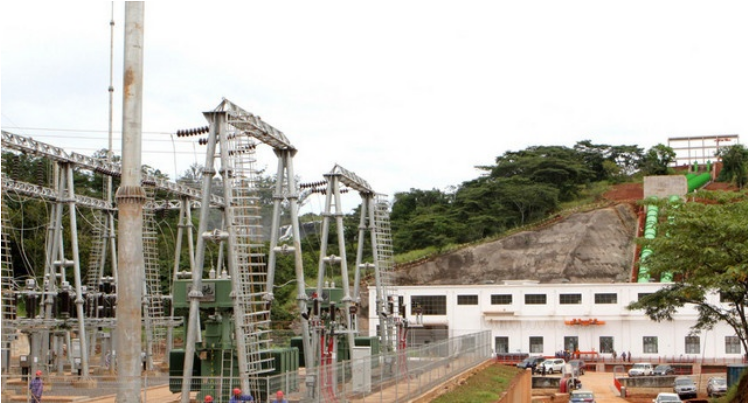
Chiumbue Dam
The Chiumbe dam began to be built in 1981, it is located in the east of Angola between the province of Moxico and the South Luanda. After the civil war conflicts, the dam had its works finished only in 2017.
The dam is located in an area of tourist attraction, and has an area suitable for bathers. If you wish to lodge, on the opposite side of the dam there is a hotel unit for travelers to take their well-deserved rest.

